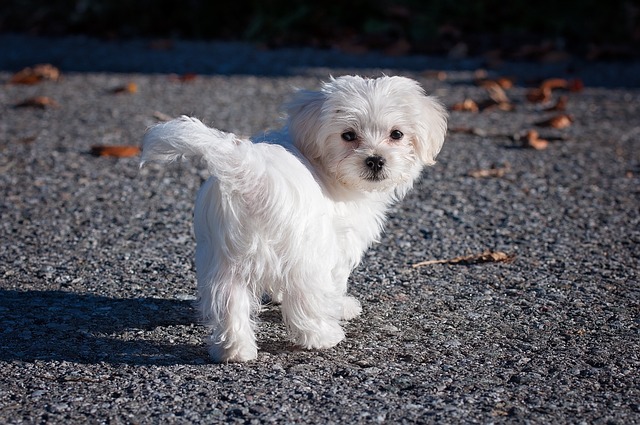
what to do if my dog's skin is peeling
If you’ve ever brushed your hand along your dog’s back and noticed small, paper-thin flakes of skin coming loose—or found little bits stuck to their favorite blanket
Trying to figure out whether to clip or grind your dog’s nails can feel like a tough call, especially if you’re new to handling those wiggly paws. I remember my first time with my shelter mutt, Max—he’d yip and pull away the second he saw the clippers, making me wonder if I was doing something wrong. Let’s break down both methods, because what works for a Chihuahua might not click for a Great Dane, and vice versa.
Clipping is the classic approach, and it’s quick once you get the hang of it. Those stainless-steel clippers (the guillotine style or the scissor kind) snip through the nail cleanly, which is handy if your dog has thick, fast-growing nails. But here’s the catch: you’ve got to avoid the quick—the pink part that houses nerves and blood vessels. Snip that, and it bleeds (and hurts), which can turn your pup into a nail-phobe for life. My neighbor learned this the hard way with her Poodle; now he hides under the couch whenever she reaches for the clippers.
Grinding, on the other hand, uses a rotating tool to file the nail down gradually. It’s gentler on the quick, since you can stop as soon as you see a pale circle in the center—your cue to pause. Many dogs prefer the vibration over the “snip” sound, too. But it takes longer, and some pups get antsy if you hold the grinder near their paws for more than a few seconds. I tried this with Max after the clipper fiasco; starting with the grinder on low, letting him sniff it first, and rewarding with cheese bits turned the whole thing into a game. Now he sits like a pro, tail thumping, while I work.

Let’s talk about staying on the right side of the rules, because responsible pet ownership in the U.S. isn’t just about kindness—it’s the law. For starters, keeping your dog’s nails trimmed is part of maintaining their health, which some states reference in animal welfare codes. In places like California, neglecting a pet’s basic needs (including overgrown nails that cause pain) can lead to fines or even legal action. When you’re out in public, those long nails can scratch people, too—something to keep in mind at dog parks, where many spots have rules about pets being “well-groomed” to prevent injuries.
Culturally, it’s all about positive reinforcement here. Yelling or restraining your dog during nail time isn’t just mean—it breaks trust. Instead, take it slow: touch their paws for 10 seconds, reward with a treat, repeat. A trainer friend in Texas swears by this with shelter dogs; she says patience beats force every time. Remember, dogs don’t understand “just one more nail”—they live in the moment, so keep sessions short, especially with puppies.
If you’re in an apartment, grinding might be better after 9 p.m.—that loud hum can annoy neighbors in thin-walled buildings. Clippers are quieter, but the “snip” can still startle skittish dogs. Either way, stick to a schedule: every 2-3 weeks for most breeds, more often if you hear that “click-click” on hardwood floors. Overgrown nails can curl...

If you’ve ever brushed your hand along your dog’s back and noticed small, paper-thin flakes of skin coming loose—or found little bits stuck to their favorite blanket

That frustrating moment when your dog won't stop scratching - is it just winter dryness or something more sinister like mites? While both conditions can make your pup miserable

If you’ve noticed your dog’s paws looking cracked, rough, or flaky—maybe they’re licking them more after walks, or you’ve felt the dryness when they rest a paw on your lap

If you’ve ever noticed your dog dragging their rear across the carpet or licking their tail area more than usual, they might be trying to tell you something about their anal glands.

Trying to figure out whether to clip or grind your dog’s nails can feel like a tough call, especially if you’re new to handling those wiggly paws.

That alarming moment when your dog blinks up at you with a thick, goopy mess crusting around their eye - it's natural to wonder why there's suddenly so much discharge.